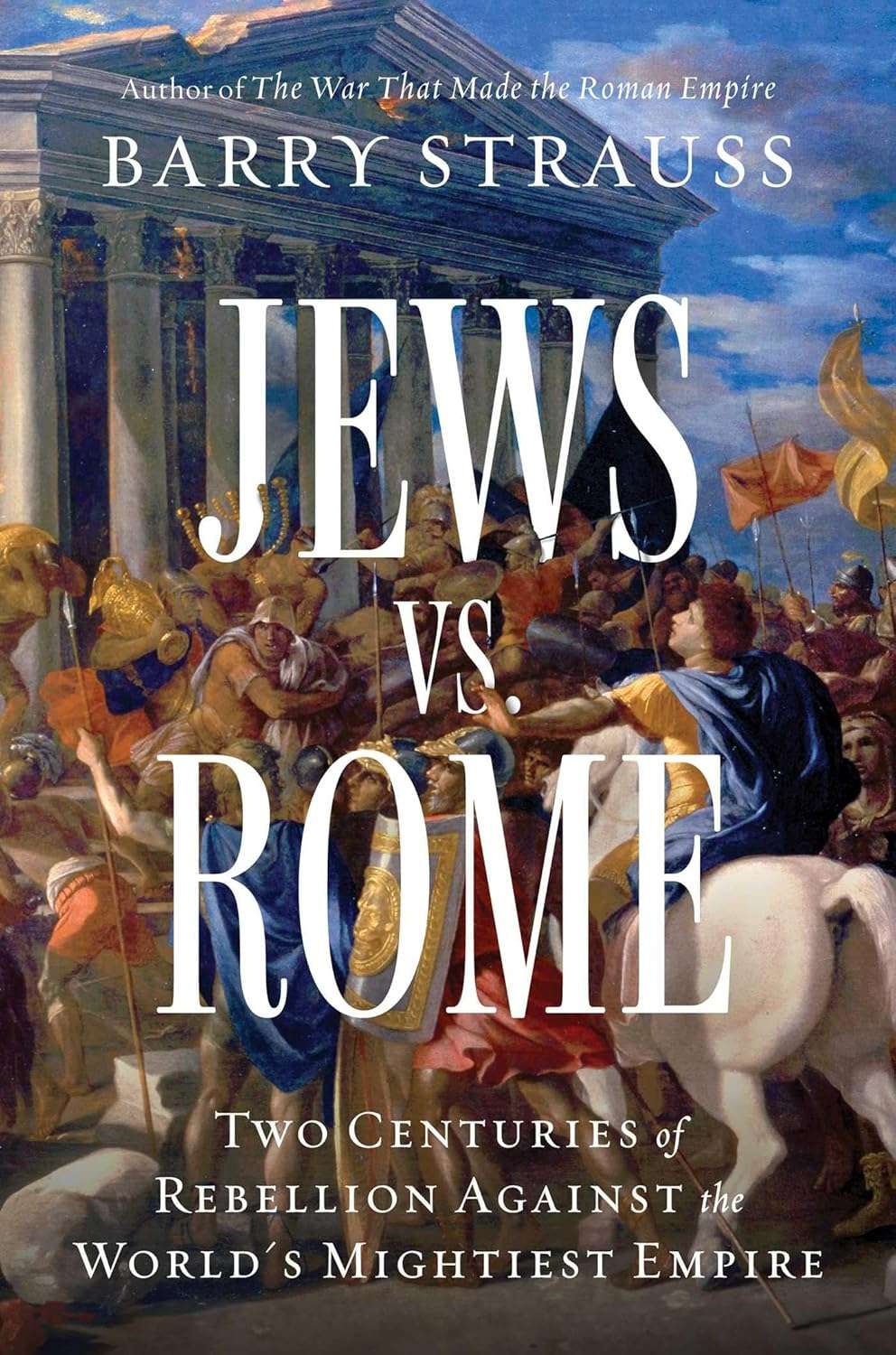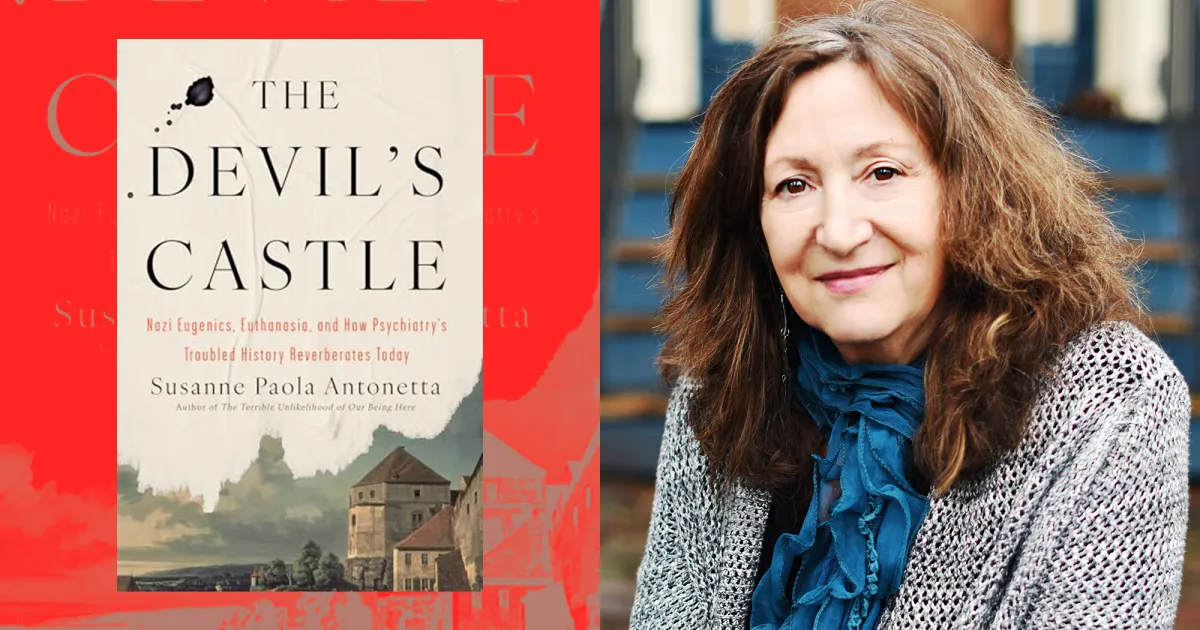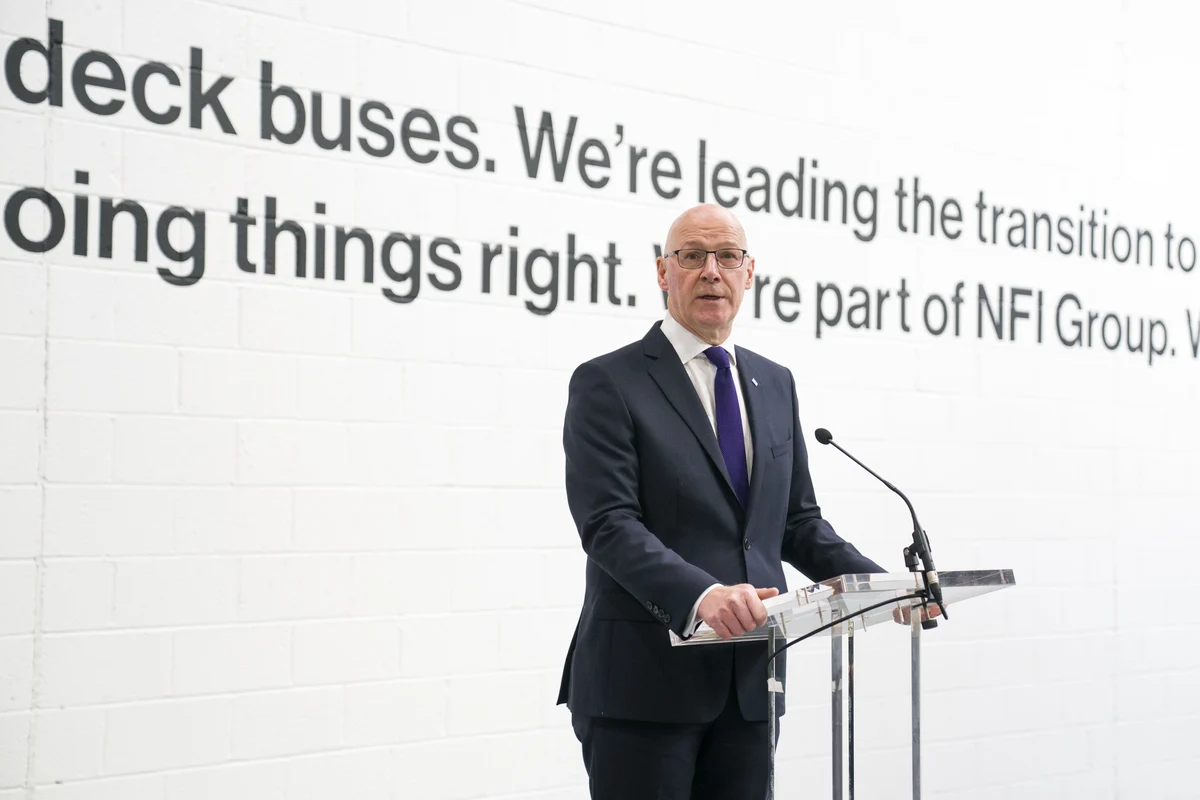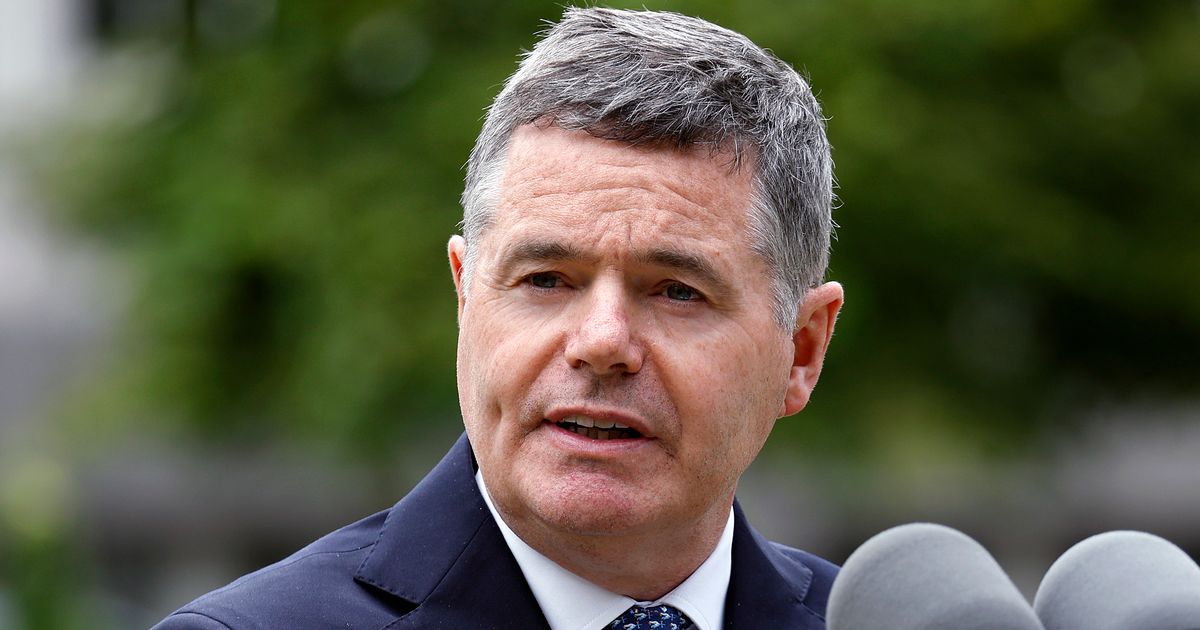By Contributor,Iain Macauley
Copyright forbes
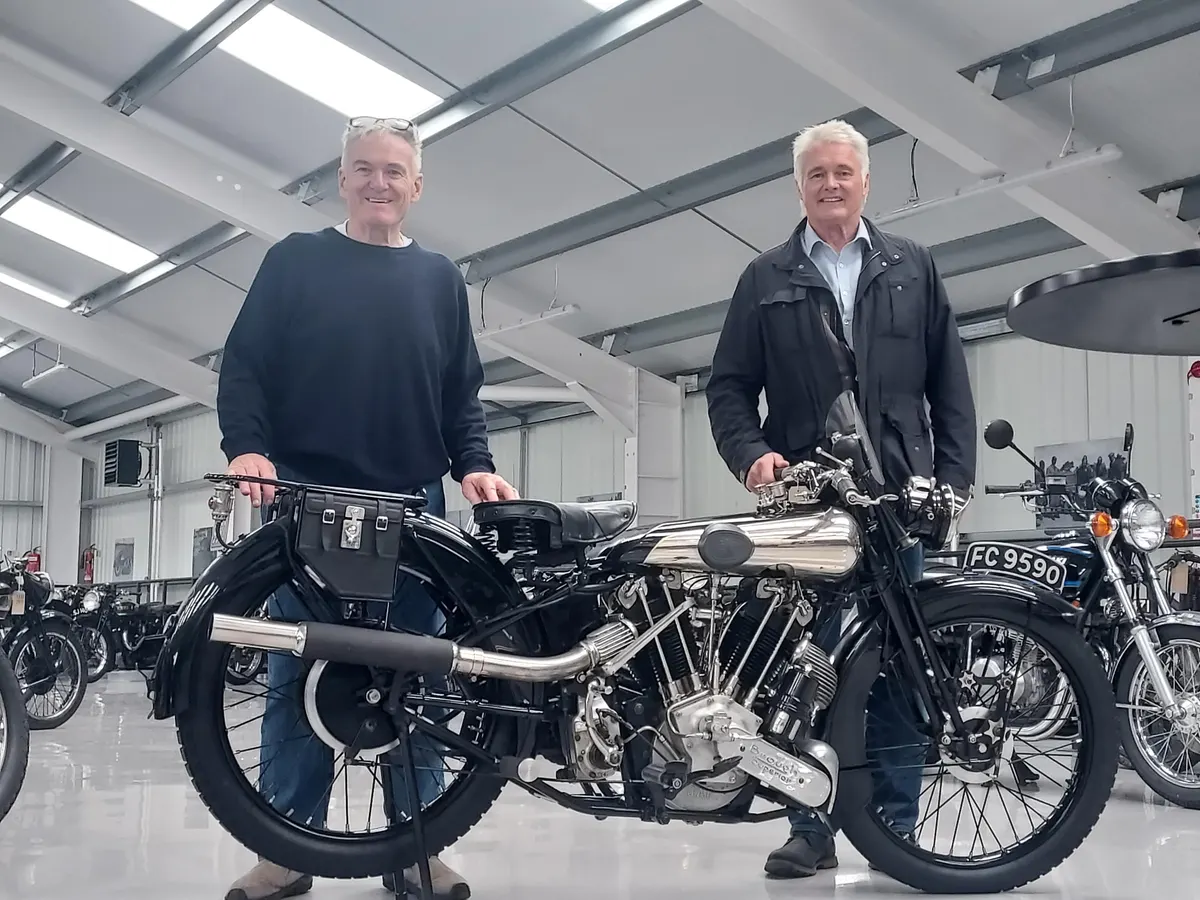
Steve Malone, left, and Robert Bentham with a multi-$100,000 Brough Superior.
Iain Macauley
There’s no street address on the website, satellite navigation doesn’t take you to the exact location, and when you do find it, there’s no visible signage until you’re feet from the serious-looking security gate entrance to a forecourt in front of an anonymous industrial unit that could be a repository for indeterminate boxed goods anywhere in the world.
Cameras abound and equally-serious-looking metal barriers protect the perimeter and reinforced metal shutter-type doors. Access is granted only if you announce yourself via the intercom.
The only thing I’m allowed to say about it is that it’s in the North West of England.
Why the security and secrecy? A massively valuable collection of some of the world’s most desirable classic motorcycles.
The bike at the top of the stairs to the upper level is a clue – a £225,000 ($301,500) Brough Superior; but then there’s the sucker punch: the Brough next to it cost £350,000 ($469,000)…
Like many of Solo’s bikes, the Brough is considered a work of art.
Iain Macauley
Wildly Fluctuating Classic Motorcycle Values
I’d been talking to the bike specialists at classic vehicles insurer Footman James about the wildly fluctuating values in the classic motorcycle market over the past few years.
MORE FOR YOU
In researching which experts to speak to I came across Solo Motorcycles, a collection of amongst the very best that many motorcycle manufacturers have ever produced – around 300 bikes. They’ve been amassed by businessman Steve Malone, 65, and are as much a collection for his own interest as they are for sale. Maybe for sale. You get the feeling most of them might take some prizing out of his possession.
Some are as they were found or bought, but he also employs classic motorcycle restoration artisans for when he feels a bike will benefit from some sympathetic refurbishment, or even a complete renovation.
Pre-World War 2 bikes are, to be tactful, flat-lining or falling in value, so when Steve and Solo’s business consultant Robert Bentham, 66, point out a 1930s Norton which has been sold for a very meaty five-figure sum, in the process bucking the trend, you know that’s a special one.
“When they made this one, a Norton International, they took all the good bits upstairs at the factory and put it together, and everything is stamped with the same number. It’s definitely matching numbers,” he said. Details of value and buyer aren’t shared.…
Instead it’s a tour of the two-floor showroom and display areas. The only windows are skylights, quality lighting emphasising the colours, chrome and condition of the bikes.
And what a collection.
The first bike you come across on the ground floor is a 1968 Egli Vincent 1300.
The 1960s Egli Vincent 1300. One of the best frames of the time, one of the best engines ever.
Iain Macauley
These Motorcycles Are Works Of Art
“Look at that, it’s a work of art,” says Steve. “In fact this place is full of works of art. Every time you look at some of these bikes you see a new detail,” he adds.
Adds Robert: “When I open up in the mornings, I just laugh out loud when I switch the lights on; I can barely believe, as a bike enthusiast, what I’m walking into. Every bike has a story. Some have big stories, others are just interesting for all sorts of reasons.”
Says Steve: “We’ve got a Levis from 1916. It was parked up by the owner soon after it was bought. Makes you think: with that date on it, did somebody go off to war and not come back….?
“It’s in ‘first paint’,” he said, a reference to what one of their friends said about a 1970s Montesa off road bike which had clearly lived a life: seat stitched up, but the plastic of the seat itself polished to near mirror finish by sheer usage. But, overall, completely original – in other words “in first paint”.
Bent Spanish number plate suggested it may have gone end-over-end at some stage, original-looking dirt, dust, dents and scars giving it a patina and character only hard use can suggest.
Special edition 1990s Honda CB50s. 14,000rpm, 7bhp, “push miles” only
Iain Macauley
From “Push Miles Only” To Paris-Dakar Finisher
In the next row are two late ’90s Honda CB50s, one a road bike, one a racer, but each with 14,000rpm red lines. The road bike has just two “push miles” on the clock, while the racer has never even been started.
Next to them is a ’70s Honda “scrambler”, an SL350. In a typically period shade of green it’s testament to Steve’s view that classic bikes should be ridden: so into the van it went as they headed off to the Isle of Man for the Classic TT where it did a lap of the mountain and was his runaround for the duratioin of the event.
“Never missed a beat, absolutely brilliant,” he said.
Solo Motorcycles is a secret sea of desirable machinery, from BSA Bantams up to Steve’s KTM Paris-Dakar bike: yes, he competed and completed the epic in 2007.
In between are BMWs, Ducatis, Harley Davidsons, Indians, all the Japanese brands, an array of British historics, and machines you’d be hard pressed to identify going back nearly 120 years.
Steve’s favourite: a 1929 Husqvarna.
Niche bikes like this Husqvarna 250 are amongst the few bucking the trend of flat-lining pre-WW2 classic motorcycle values
Iain Macauley
It’s A Buyer’s Market: So Buy And Ride Them
“Certainly in the UK, possibly globally, the classic bike market has had a ‘correction’, bikes are now worth maybe 60% of the prices paid by collectors during the Covid pandemic, but niche bikes – like the Husqvarna – are maybe bucking that trend,” he said.
“But that means they are so much more affordable: my message is buy them and ride them.”
All I need to do now is to persuade Steve I’d be open to the “ride them” bit – my excuse for not buying them being the old standby: I can’t fit any more in my garage…
Editorial StandardsReprints & Permissions
